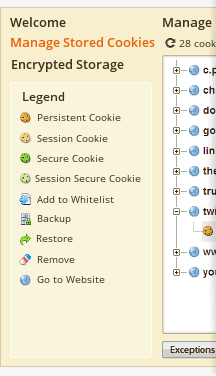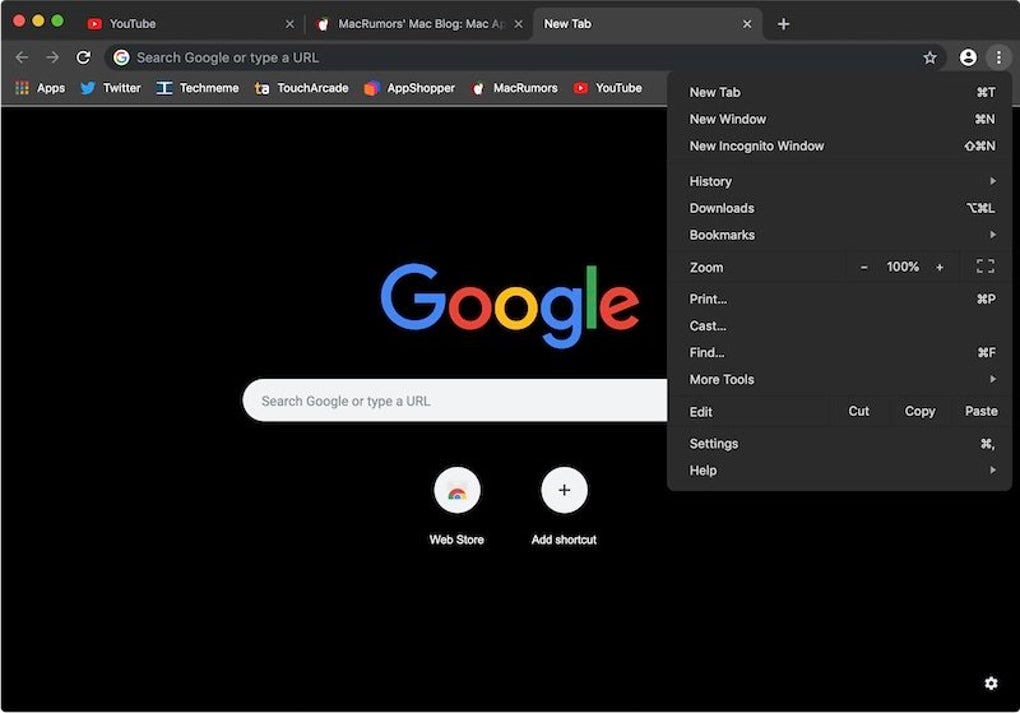

- #Cookie managger for chrome on a mac how to
- #Cookie managger for chrome on a mac trial
- #Cookie managger for chrome on a mac download
- #Cookie managger for chrome on a mac free
- #Cookie managger for chrome on a mac mac
#Cookie managger for chrome on a mac mac
To do this, Control-click on the Trash icon in the dock and select “Empty Trash.” Restart your Mac afterward so your Mac can begin to create new, fresh cache files. Make sure that once you have finished clearing out these caches for additional hard drive space, you empty your Trash. Note: We recommend that you remove the insides of these folders, but not the folders themselves.
#Cookie managger for chrome on a mac trial

You can clean them up manually step-by-step, or you can clean them in a second with a cleaning utility like CleanMyMac X. Now, when it comes to clearing cache on Mac, there are two ways you can do it.
#Cookie managger for chrome on a mac free
That means a good cleaning could free up gigabytes of space and speed up your Mac in the process.

And that’s just one folder out of hundreds. Potential space reclaimed from junk - Up to 70%Īs you can see, a single user cache folder on my computer takes up an enormous 2.7 GB of space.
#Cookie managger for chrome on a mac how to
Old app cache files fall into the same basket: if you've already deleted the app, no need to store its leftover cache - you can safely remove it from your Mac, and we'll tell you how to do it. What you can remove is the inactive cache - the outdated files that often lie unused. Your Mac caches what you’re doing in real-time, so if you’re using an app to work on some project, removing this app’s cache can erase all your progress. It's not completely safe to delete all cache files at once. If you edit photos and videos regularly, you may notice that your editor application also keeps temporary data - like an intermediate version of your files.Īre you ready to reclaim space on your Mac? Let’s go! Can I delete all my cache files on a Mac? In this manner, just 4 rotations are enough for image size to grow from 2.5 MB to 10 MB of disk space taken.

How is the cache created? An example from PhotosĮvery time you do image manipulations, like rotating a picture, its additional copy is created on your drive.
#Cookie managger for chrome on a mac download
For instance, Safari will download images on a webpage into the cache so that the next time you visit the site, you don’t have to download the images again.Ĭookie files are tiny members of the big cache family. You’ve probably heard and seen the term "cache" used on your Mac, but do you know what it is?Ĭache files are basically temporary data stored on your hard drive and used to speed up processes. How are cache files different from cookies? This article will go over cleaning up all three.


 0 kommentar(er)
0 kommentar(er)
